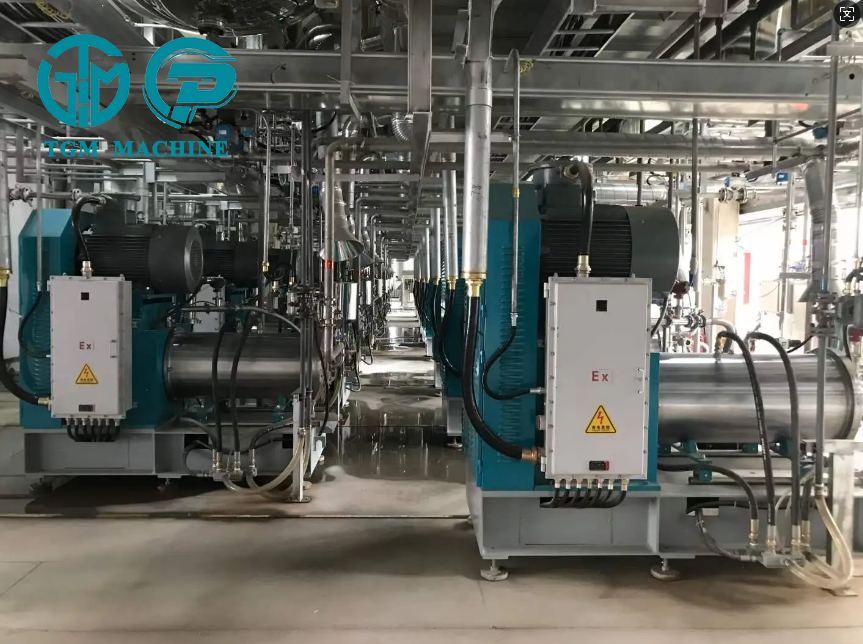Email cannot be empty
Password cannot be empty
Email format error
Email cannot be empty
Email already exists
6-20 characters(letters plus numbers only)
The password is inconsistent
Email format error
Email cannot be empty
Email does not exist
6-20 characters(letters plus numbers only)
The password is inconsistent


thermal paper coating production line
Introduction
Thermal paper is a specialty paper that produces images when exposed to heat, eliminating the need for ink or ribbons. It is widely used in receipts, labels, tickets, and medical recording devices. The production of thermal paper involves a sophisticated coating process that applies heat-sensitive chemicals onto a base paper. In this blog, we will explore the thermal paper coating production line, its key components, and the manufacturing process.
Key Components of a Thermal Paper Coating Production Line
A thermal paper coating line consists of several critical components that ensure precise and efficient production:
-
Unwinding System – Feeds the base paper into the coating machine at a controlled speed.
-
Pre-Coating Treatment – Prepares the paper surface by applying a pre-coat (usually a mixture of pigments and binders) to enhance smoothness and thermal sensitivity.
-
Coating Unit – The core section where the thermal-sensitive layer (containing leuco dyes, developers, and sensitizers) is applied. Common coating methods include:
-
Metering Rod (Meyer Rod) Coating
-
Gravure Coating
-
Slot-Die Coating
-
-
Drying Section – Uses hot air or infrared drying to solidify the coated layers.
-
Calendering – Improves smoothness and gloss through high-pressure rollers.
-
Rewinding & Slitting – Cuts the coated paper into desired widths and rolls.
-
Quality Control Systems – Includes sensors to detect coating uniformity, color, and defects.
The Thermal Paper Coating Process
Step 1: Base Paper Preparation
The process starts with high-quality base paper, typically wood-free or synthetic paper, which must have excellent smoothness and heat resistance.
Step 2: Pre-Coating Application
A pre-coat (often containing calcium carbonate or clay) is applied to enhance thermal sensitivity and improve print clarity.
Step 3: Thermal Layer Coating
The heat-sensitive coating is applied, consisting of:
-
Leuco Dye (color-forming agent, e.g., Crystal Violet Lactone)
-
Developer (e.g., Bisphenol A) to react with the dye
-
Sensitizer (e.g., stearamide) to control melting temperature
Step 4: Drying & Curing
The coated paper passes through drying ovens to evaporate solvents and stabilize the coating.
Step 5: Finishing
After drying, the paper undergoes calendering for smoothness and is slit into rolls for commercial use.
Challenges in Thermal Paper Production
-
Coating Uniformity – Uneven coating can lead to poor print quality.
-
Environmental Concerns – Some thermal paper chemicals (e.g., BPA) face regulatory restrictions.
-
Shelf Life – Improper coating can reduce thermal paper’s sensitivity over time.
Future Trends
-
BPA-Free Thermal Paper – Growing demand for safer alternatives.
-
Digital Integration – Smart thermal papers with embedded RFID or QR codes.
-
Higher Speed Coating Lines – Automation and AI-driven quality control.
Conclusion
Thermal paper coating production lines are highly specialized systems requiring precision in chemical formulation and application. As demand for thermal paper continues in retail, logistics, and healthcare, advancements in coating technology will drive efficiency and sustainability.

